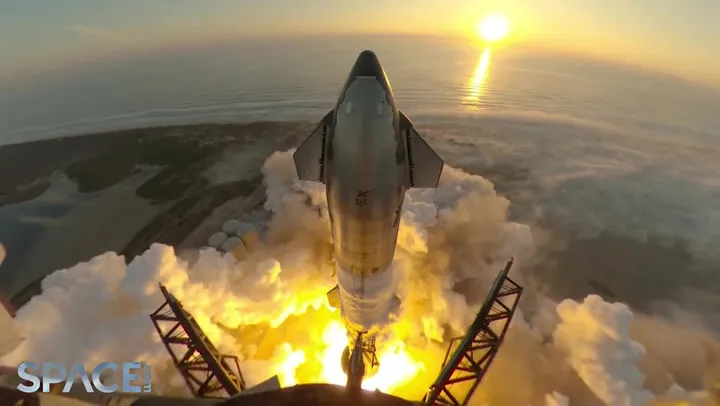
Innovative Airlock Design Could Revolutionize Human Mars Exploration and Protect Martian Life
2024-12-08
Author: Jacob
Introduction
As the excitement surrounding human exploration of Mars intensifies, a crucial aspect demands our attention: protecting the Martian environment from contamination by Earth-based microbes. This issue is not just a scientific concern, but a pivotal component in the search for potential indigenous life on the Red Planet.
Current Measures
While various space agencies and private companies like SpaceX and NASA aim to send humans to Mars within the next decade, current planetary protection measures primarily focus on uncrewed missions. A recent study suggests a groundbreaking approach to mitigating contamination risks during manned explorations, specifically emphasizing the vital role of specially adapted airlocks.
Innovative Airlock Design
The study argues that the greatest risk of introducing Earth microbes to Mars is posed when astronauts exit their habitat to explore the Martian surface. To counter this, researchers propose an innovative airlock design tailored to planetary protection principles.
The SafeMars Concept
This new airlock concept features a central chamber enclosed by two pressure-tight doors, augmented by additional compartments that enhance sanitation protocols. The design encompasses three crucial areas:
1. Suit-Up Zone
This section is dedicated to donning and repairing EVA suits, which may include suitports for easy access.
2. Hygiene Facilities
A dedicated area for showers and general hygiene to ensure astronauts can remove any potential contaminants before setting foot on Mars.
3. Clothing Storage
A compartment for stowing undergarments and indoor attire, helping maintain a clean environment within the habitat.
Conclusion
This innovative safety framework, designated as the "SafeMars" concept, combines essential functions into a single module. Its design underscores the necessity of practicality and implementation for long-term human activities on the Martian surface, ensuring that missions align with robust planetary protection protocols.
Future Implications
As we stand on the brink of venturing to Mars, this airlock proposal not only aims to safeguard Martian ecosystems but also enhances the feasibility of sustained human presence on the planet. With its combination of scientific rigor and practical application, the SafeMars concept could define the future of interplanetary exploration.
Further Reading
For further details, the study is published in *NPJ Microgravity* and emphasizes how vital it is to harmonize human exploration ambitions with environmental stewardship on Mars. Will this airlock concept be the key to unlocking the mysteries of Mars without jeopardizing its delicate ecosystems? The race to answer this question has never been more exciting!









 Brasil (PT)
Brasil (PT)
 Canada (EN)
Canada (EN)
 Chile (ES)
Chile (ES)
 España (ES)
España (ES)
 France (FR)
France (FR)
 Hong Kong (EN)
Hong Kong (EN)
 Italia (IT)
Italia (IT)
 日本 (JA)
日本 (JA)
 Magyarország (HU)
Magyarország (HU)
 Norge (NO)
Norge (NO)
 Polska (PL)
Polska (PL)
 Schweiz (DE)
Schweiz (DE)
 Singapore (EN)
Singapore (EN)
 Sverige (SV)
Sverige (SV)
 Suomi (FI)
Suomi (FI)
 Türkiye (TR)
Türkiye (TR)